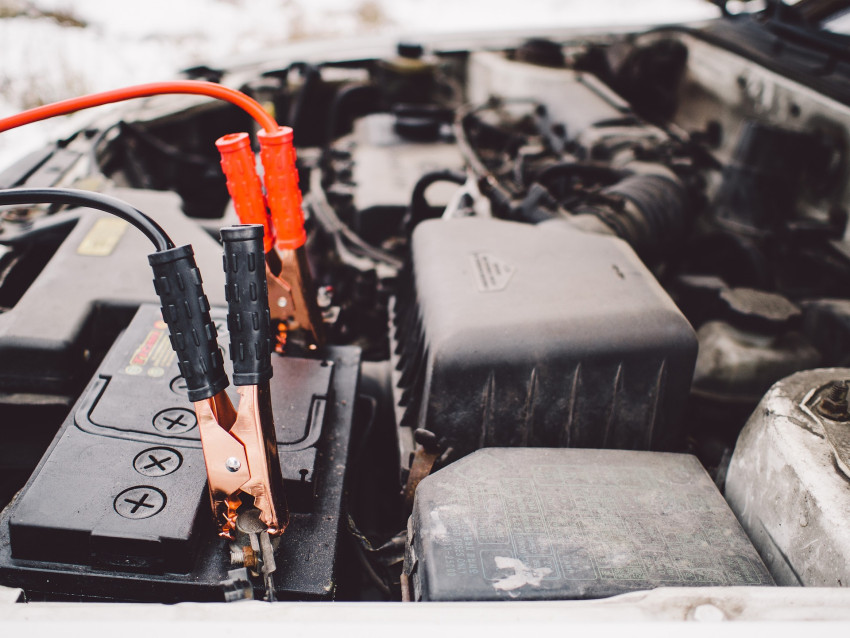
Car battery replacement is an essential aspect of vehicle maintenance that many car owners may encounter at some point. A properly functioning battery is crucial for starting your car and powering various electrical components. However, over time, car batteries can deteriorate and lose their ability to hold a charge. In this article, we will explore the process of car battery replacement, including signs that indicate it's time to replace your battery, the steps involved in replacing a car battery, and some frequently asked questions related to this topic.
Signs of a Failing Car Battery
Before we dive into the process of car battery replacement, let's first explore the signs that indicate your battery might be failing. Recognizing these signs early on can help you avoid being stranded with a dead battery. Some common signs include:
Difficulty Starting the Car: If you notice that your car is taking longer to start than usual or struggles to start altogether, it could be a sign of a weak battery.
Dimming Headlights and Electrical Issues: If your headlights appear dim, or you experience flickering interior lights and other electrical problems, it could be an indication that your battery is losing its charge.
Battery Warning Light: If the battery warning light on your dashboard illuminates, it's crucial to have your battery checked as soon as possible.
Swollen Battery Case: A swollen battery case is a clear sign of internal damage and indicates that it's time for a replacement.
Old Age: Car batteries typically last around 3 to 5 years. If your battery is nearing or exceeding this lifespan, it's advisable to proactively replace it.
Tools Required for Battery Replacement
Before replacing your Car Battery Replacement Stevenage , gather the following tools:
- Safety gloves and goggles
- Adjustable wrench or socket set
- Battery cleaning brush or terminal cleaner
- Battery terminal protection spray (optional)
- Battery hold-down clamp (if necessary)
- Battery terminal cleaner or a solution of baking soda and water
- Battery terminal brush or a wire brush
Step-by-Step Guide for Car Battery Replacement
Follow these steps to replace your car battery:
Step 1: Safety Precautions
Ensure your car is parked in a safe location, the engine is turned off, and the keys are removed from the ignition. Put on safety gloves and goggles to protect yourself from battery acid and other potential hazards.
Step 2: Locating the Battery
Locate the car battery. In most vehicles, the battery is situated in the engine bay. However, some models have the battery in the trunk or under the rear seat.
Step 3: Disconnecting the Battery
Using an adjustable wrench or socket set, loosen and remove the negative (black) battery cable first, followed by the positive (red) cable. Be cautious not to touch both terminals simultaneously.
Step 4: Removing the Old Battery
Remove any hold-down clamp or bracket securing the battery in place. Lift the old battery carefully out of the battery tray and set it aside. Take note of the battery's orientation to ensure the new battery is installed correctly.
Step 5: Cleaning the Battery Terminal
Inspect the battery terminals for corrosion or build-up. If needed, clean the terminals using a battery terminal cleaner or a solution of baking soda and water. Use a battery terminal brush or wire brush to scrub away any residue.
Step 6: Installing the New Battery
Position the new battery in the battery tray, ensuring it is aligned correctly. Apply a thin layer of petroleum jelly or battery terminal protection spray to the battery terminals to prevent corrosion. Connect the positive (red) cable to the positive terminal, followed by the negative (black) cable.
Step 7: Reconnecting the Battery
Double-check that the battery is securely in place. Tighten the battery hold-down clamp or bracket, if necessary. Reconnect the negative (black) battery cable first, followed by the positive (red) cable. Ensure the cables are securely fastened.
Step 8: Testing the New Battery
Start your car and confirm that it starts smoothly. Additionally, check that all electrical components, such as headlights and air conditioning, are functioning correctly. If everything operates as expected, the battery replacement is complete.
Battery Disposal and Recycling
When disposing of your old battery, it's crucial to handle it properly. Car batteries contain harmful chemicals, so they should never be thrown in the regular trash. Most automotive shops or recycling centres accept old batteries for proper disposal or recycling. Ensure you follow local regulations and drop off the battery at an authorized location.
Conclusion
Regularly maintaining and replacing your car battery when necessary is crucial for ensuring your vehicle's reliable performance. By recognizing the signs of a failing battery and following the step-by-step guide for battery replacement, you can confidently handle this task. Remember to dispose of the old battery responsibly and consider recycling options available in your area. Keep your car powered up and ready to hit the road!



